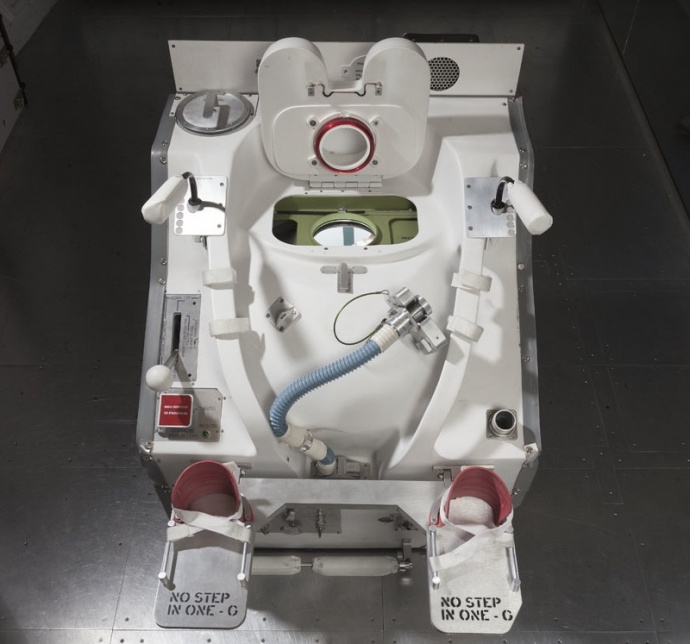Astronauts make sacrifices to go into space. Separation from family and friends and a certain amount of discomfort are givens, and food and drink have to be specially modified for the environment. For long missions that are envisaged for the future — such as the months-long trip to Mars — the problem of bringing enough food or growing it en route is a concern to mission planners.

The Penn State team believes they might have found a solution; but it’s one that will take some mental adjustment from astronauts. Recycling urine into drinking water is a given in space, although that’s a loop that is not yet completely closed on the International Space Station. The Penn research goes a stage further: converting solid waste into edible biomass.
It’s not as strange as it sounds, insists research leader Christopher House, a geoscientist. The process uses anaerobic digestion, which is already widely used. "Anaerobic digestion is something we use frequently on Earth for treating waste," said House. "It's an efficient way of getting mass treated and recycled. What was novel about our work was taking the nutrients out of that stream and intentionally putting them into a microbial reactor to grow food."
"We envisioned and tested the concept of simultaneously treating astronauts' waste with microbes while producing a biomass that is edible either directly or indirectly depending on safety concerns," House said. “The concept would be a little bit like Marmite or Vegemite where you're eating a smear of 'microbial goo.'"
In the journal Life Sciences in Space Research, House and colleagues describe the apparatus used for the process as an enclosed cylinder, four feet (1.2m) long and four inches (10cm) in diameter. This contained equipment adapted from that used to treat fish waste in aquariums, where a filter covered in a bacterial culture breaks the waste down.
The key part of the process is that the waste is broken down to produce methane (the essential process of anaerobic digestion), but this methane is then in turn used to feed other microbes.
“On the surface of the [filter] material are microbes that take solid waste from the stream and convert it to fatty acids, which are converted to methane gas by a different set of microbes on the same surface," House said.
To ensure that the microbes fed by the methane would be safe to eat, this part of the process was carried out under conditions inimical to growth of harmful pathogens. House’s team found that at pH 11, they could grow a strain of the bacterium Halomonas desiderata, which is both edible and has a composition of 15 per cent protein and seven per cent fats. At a sterilising high temperature of 158°F (70°C), they could grow Thermus aquaticus, which is even more nutritious at 61 per cent protein and 16 per cent fats.
The process is faster than conventional waste treatment, converting 49-59 per cent of solids in 13 hours. "That's why this might have potential for future space flight,” House said. “It's faster than growing tomatoes or potatoes."
The researchers have still to build their system into a fully-integrated unit; they tested the various components in isolation. "Imagine if someone were to fine-tune our system so that you could get 85 per cent of the carbon and nitrogen back from waste into protein without having to use hydroponics or artificial light," said House. "That would be a fantastic development for deep-space travel."
Nobody said space travel was going to be glamorous.




Red Bull makes hydrogen fuel cell play with AVL
Formula 1 is an anachronistic anomaly where its only cutting edge is in engine development. The rules prohibit any real innovation and there would be...